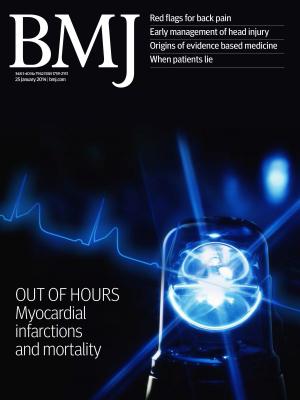
Use of Canadian C-Spine Rule decreases unnecessary imaging, without missing injury

Use of Canadian C-Spine Rule decreases unnecessary imaging, without missing injury
Implementation of the Canadian C-Spine Rule: Prospective 12 centre cluster randomised trial
BMJ. 2009 Oct 29;339:b4146. doi: 10.1136/bmj.b4146.Did you know you're eligible to earn 0.5 CME credits for reading this report? Click Here
Synopsis
11,824 stable and alert patients presenting with blunt trauma to the head or neck took part in this matched pair cluster randomized trial. 12 hospitals were randomized to either implement the Canadian C-spine rule or to not implement this rule. This study evaluated the efficacy of the Canadian C-spine rule use in Canadian hospitals. The Canadian C-spine rule was able to successfully identify all c...
To view the full content, login to your account,
or start your 30-day FREE Trial today.
FREE TRIAL
LOGIN
Forgot Password?
Explore some of our unlocked ACE Reports below!

Learn about our AI Driven
High Impact Search Feature
Our AI driven High Impact metric calculates the impact an article will have by considering both the publishing journal and the content of the article itself. Built using the latest advances in natural language processing, OE High Impact predicts an article’s future number of citations better than impact factor alone.
Continue



 LOGIN
LOGIN

Join the Conversation
Please Login or Join to leave comments.